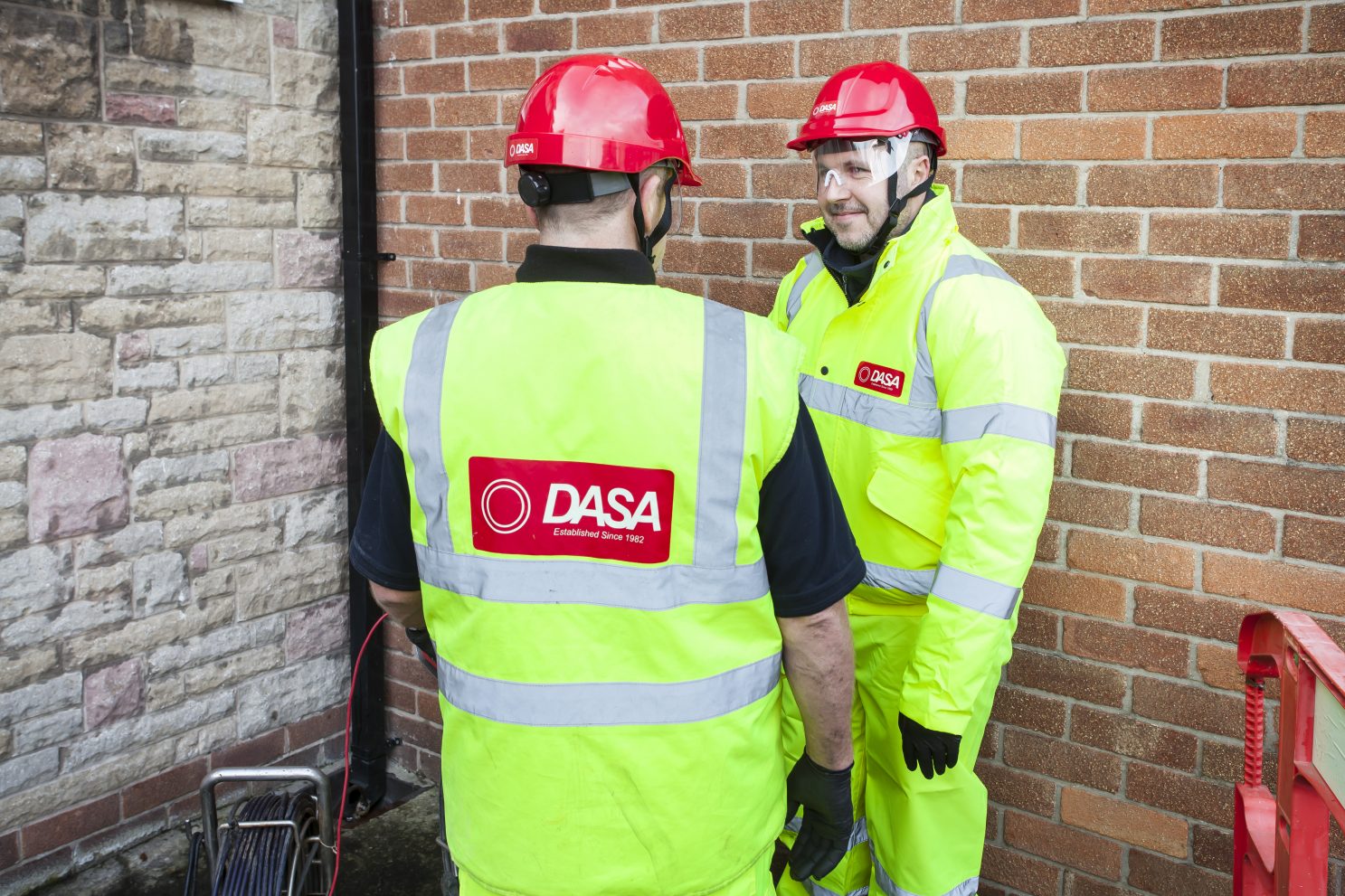
125% increase in people moving to the country – but a change of living habits will need to take place
It was recently reported in the press that estate agents have seen a 125% increase in people choosing to relocate to the countryside amid the coronavirus pandemic.
Rightmove said that it has seen an uplift in city dwellers considering moving to the countryside – and this is outperforming an increase it is also seeing in home hunters looking to move from a city to a town.
A move to the countryside quite often comes with a change in how your sewage and water is processed. In an urban environment, nearly all properties are connected to the mains drainage (or sewerage) system. In more rural areas, connecting to the mains network can be technically difficult, or very expensive, depending on the distance to the nearest connection point, or the landscape in between.
Off Mains Solutions
There are a number of types of off main solutions. We recently wrote about the requirement for one of those – septic tanks – to be upgraded or replaced in light of the or the new 2015 General Binding Rules regulations which came into effect on the 1st January 2020. These stated that all septic tanks that discharge to water or ground that don’t comply will require upgrading or replacing with a sewage treatment plant.
Sewage Treatment Plant
A sewage treatment plant works by breaking down solid waste to produce a cleaner, more environmentally friendly effluent.
Wastewater and sewage are supplied to the primary tank, where the solids and liquids disperse. The resulting liquor flows into the biozone chamber. In the chamber, a pump airs the waste and encourages friendly bacteria to condense the organic matter. This breaks down and purifies the result. As it leaves the final waste chamber, the waste left over is 95% clean and ready for dispersal into local ditches or soakaway systems, subject to consent from the relevant environmental agency.
Even with the cleaning and the breaking down process that takes place in the plant, there are general rules and regulations on how to maintain this kind of solution as eventually the waste left over will end up in the local bio system through rivers etc.
Off-mains drainage options are independent systems, owned and maintained by the property owner. This means that the owner is liable for any pollution or health and safety issues arising from failures in the system.
For this reason, it’s important to know you have one and how to look after it.
A big change in lifestyle is required
Darryl Gartley managing director here at DASA comments: “What many homeowners don’t realise is that, when moving to a sewage treatment plant, a change in living habits has to take place.
“The general rule of thumb, when using a sewage treatment plant is, if you can’t put it in your mouth then don’t put it down the drain.
“Now that is an extreme view but by simply changing your shopping habits to liquid or pod from powder, using biological instead of non-biological and non-antibacterial products, you will go a long way to maintaining an efficient operation and quality of water discharge into the environment.”
A sewage treatment plant is a highly sustainable solution and when maintained appropriately can offer a highly effective solution for homeowners and the environment. However, failure to adapt or comply will ultimately result in serious problems down the line.
Over many years DASA has been working with customers across the country advising as well upgrading old systems to new sewage treatment plants. We have put together the attached guide to assist them to in looking after their new solution.
If you would like to find out more about our service then please contact commercial director Chris Edwards: chris.edwards@dasa.co.uk
